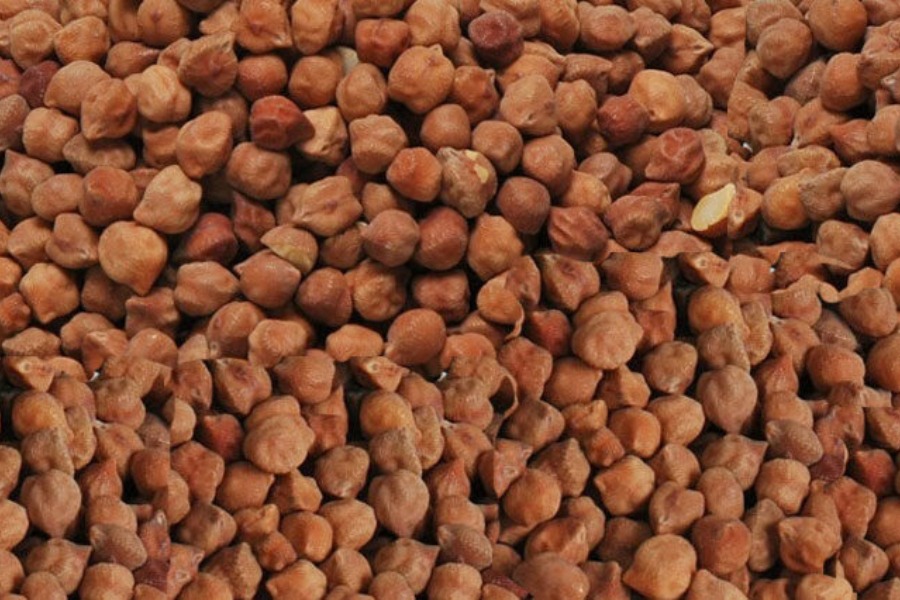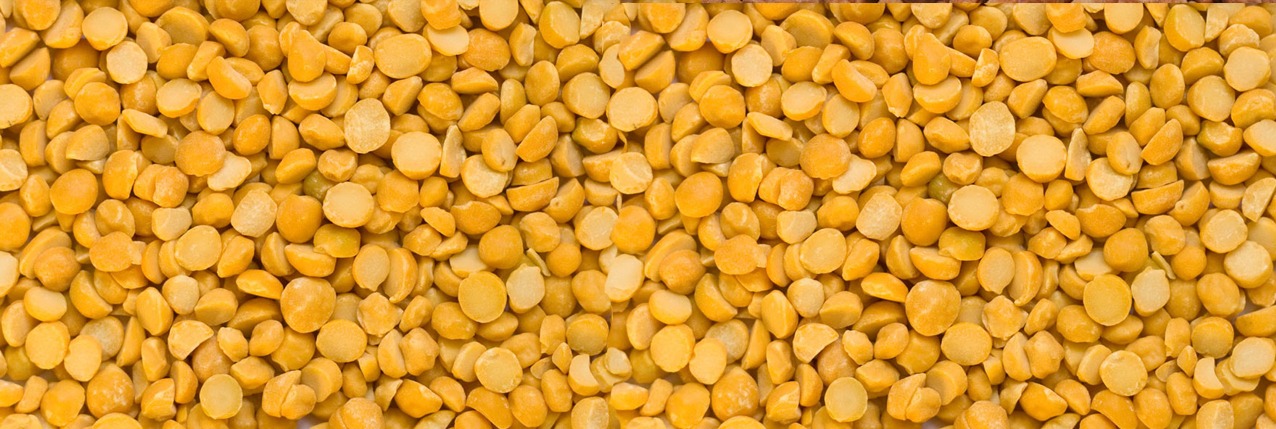Red whole lentils contain iron, as well as some of the same anti-oxidants found in tea and red wine, they're an excellent, low-fat choice for any diet,






Red split lentils are made from removing the outer skin of a red football lentil and splitting it in two. They are low in fat, high in fibre and protein






Decorticated Whole Red Lentils, also known as “Footballs”, are made from the Whole Red Lentil. The skin is removed from the lentil,






Moong bean is the seed of Vigna radiate, which is native to India. The beans are small, ovoid in shape, and green in colour.






Also Know As: Black Matpe Whole Without Skin
Urid Gota is rich in potassium, phosphorus and calcium with good quality amount of sodium.






At PSPIL we specialize in the meticulous splitting and processing of pulses such as lentils, chickpeas, peas, and beans. Through our dedication to quality and innovation, we transform raw pulses into versatile and nutritious ingredients suitable for various culinary applications. Our comprehensive cleaning, sorting, and splitting processes ensure uniformity and enhanced cooking properties, while additional milling, grinding, and value-added techniques further elevate the nutritional value and versatility of our pulse-based products. With a commitment to excellence, we strive to meet the diverse needs of our customers while contributing to the growing demand for plant-based protein sources.

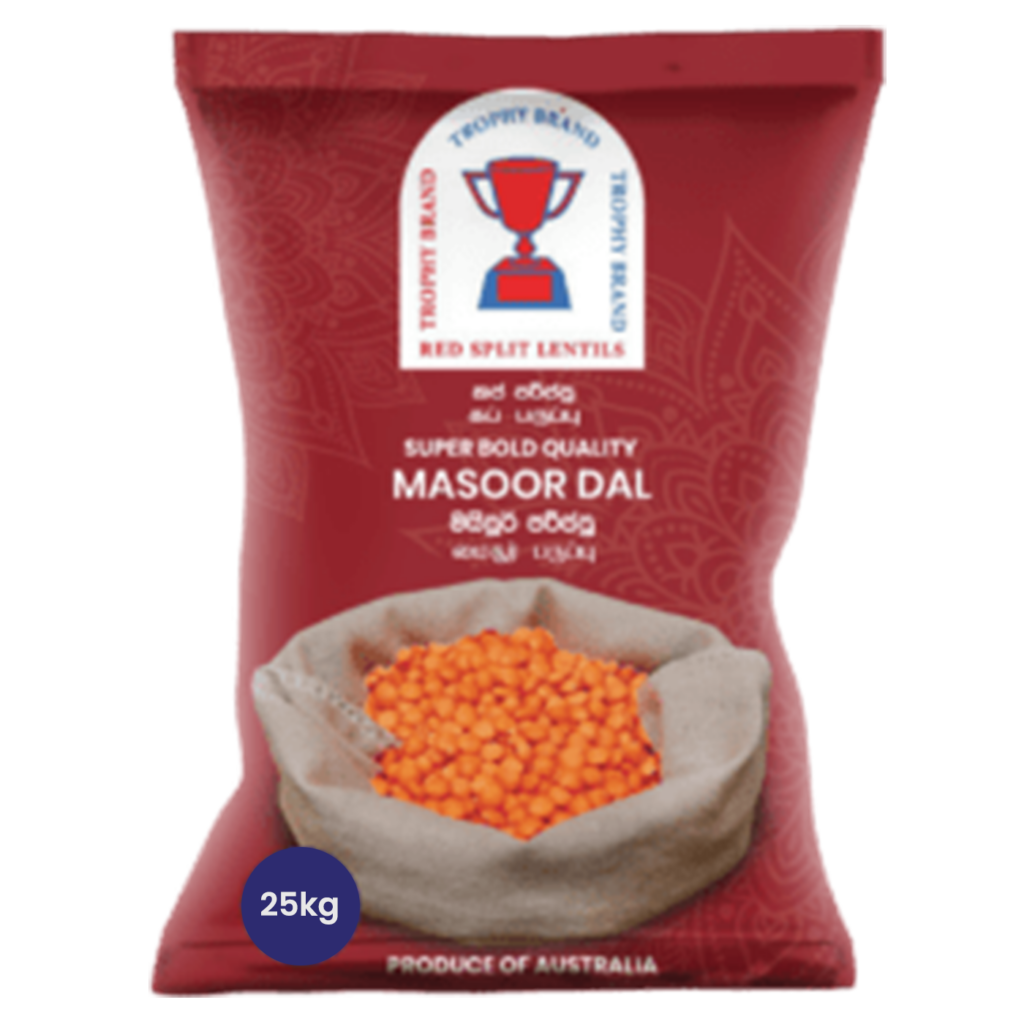

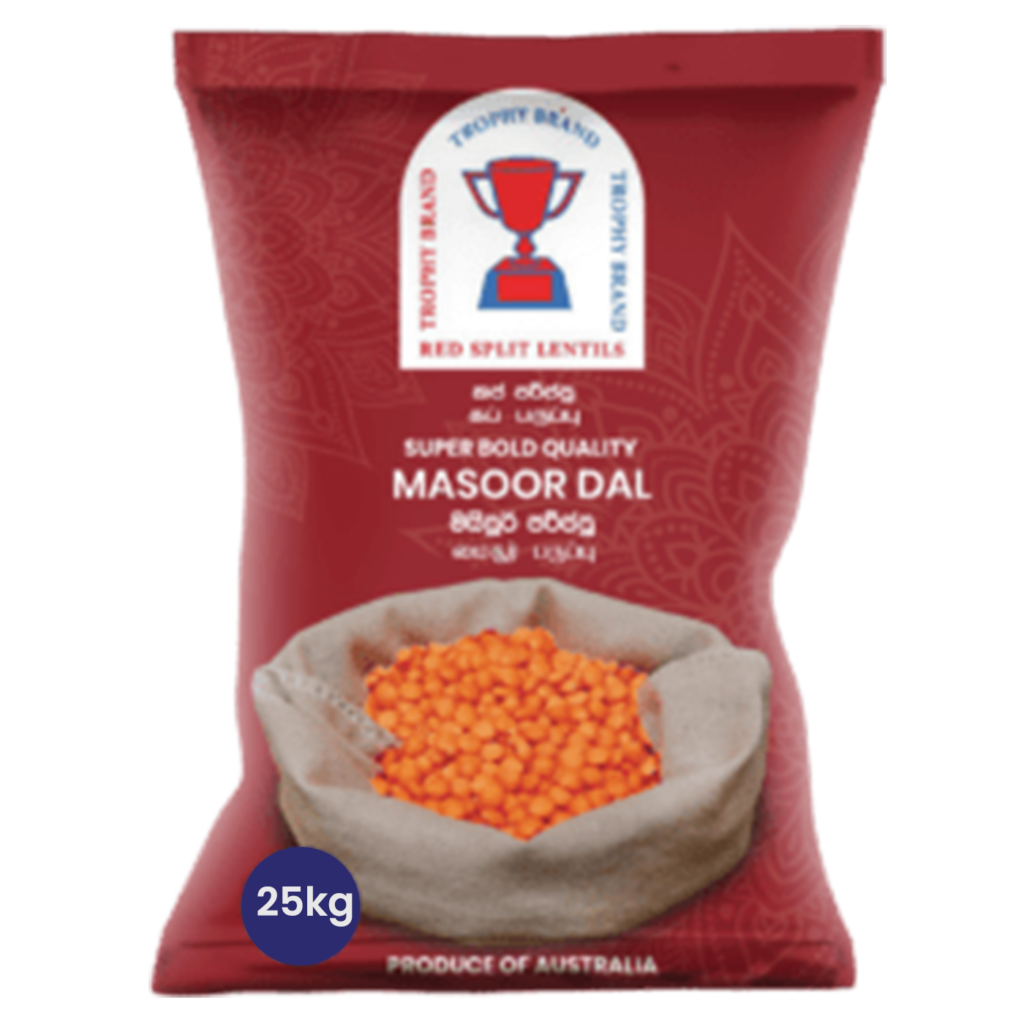
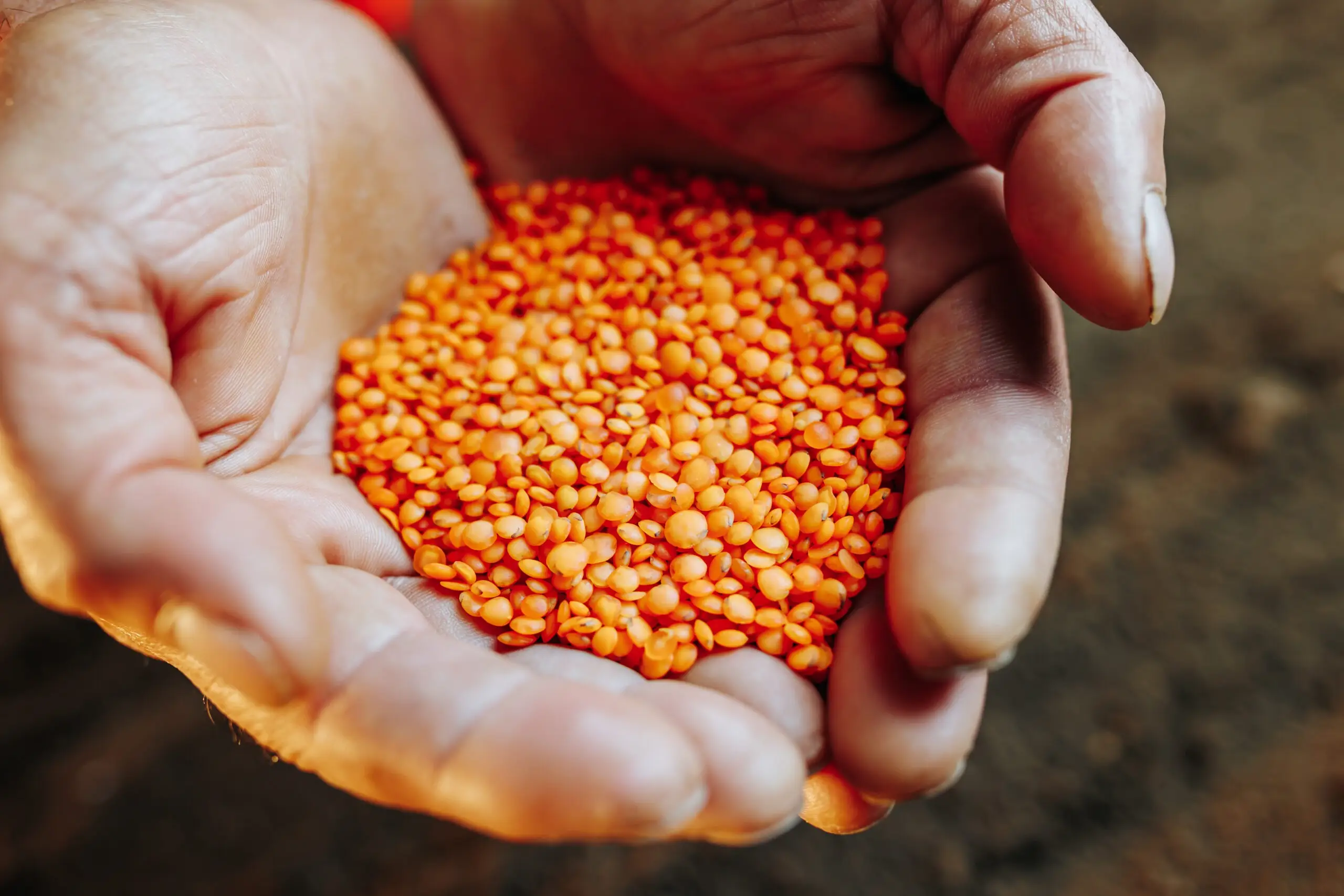
Pulses are the edible seeds of plants in the legume family. Pulses grow in pods and come in a variety of shapes, sizes, and colors. The United Nations Food and Agriculture Organization (FAO) recognizes 11 types of pulses: dry beans, dry broad beans, dry peas, chickpeas, cowpeas, pigeon peas, lentils, Bambara beans, vetches, lupins and pulses nes (not elsewhere specified – minor pulses that do not fall into one of the other categories).
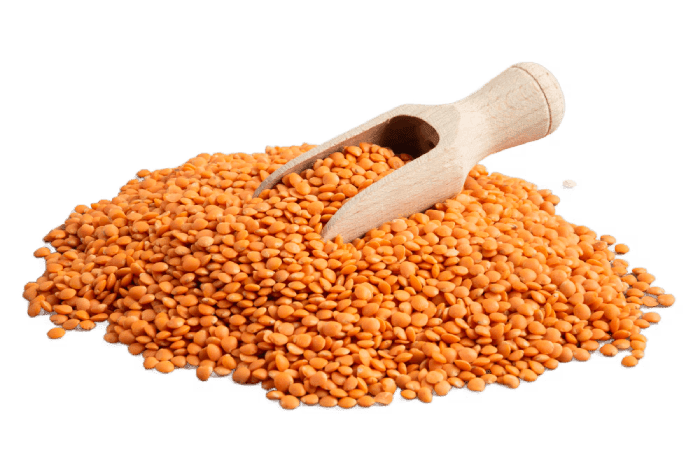
Pulses are the edible seeds of plants in the legume family. Pulses grow in pods and come in a variety of shapes, sizes and colors. The United Nations Food and Agriculture Organization (FAO) recognizes 11 types of pulses: dry beans, dry broad beans, dry peas, chickpeas, cow peas, pigeon peas, lentils, Bambara beans, vetches, lupins and pulses nes (not elsewhere specified – minor pulses that don’t fall into one of the other categories).
Our Firm runs the only B.O.I approved operations across the Pulses Splitting & Processing Industry in Sri Lanka. Our factory is equipped with 09 fully-automated production lines. 07 of these production lines produce Red Split Lentils, with a capacity of over 350 MT per day.
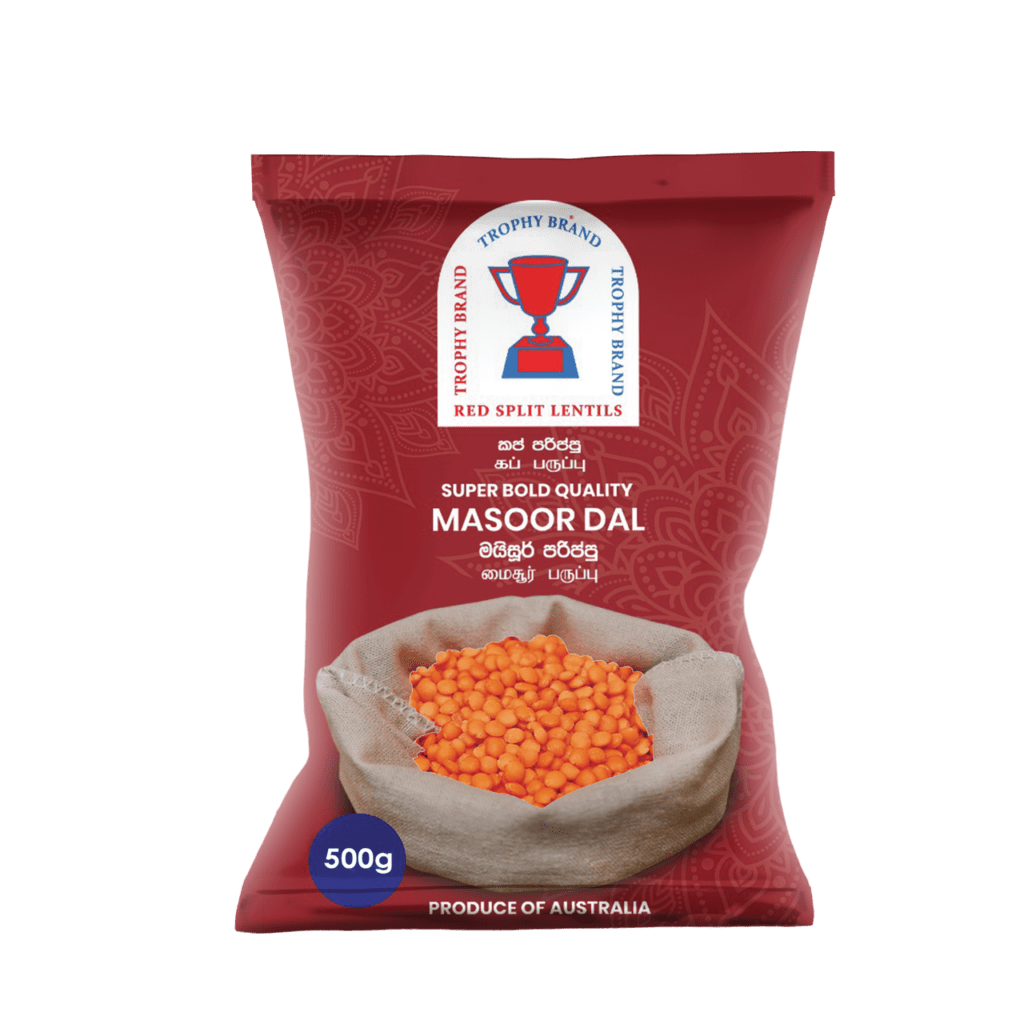

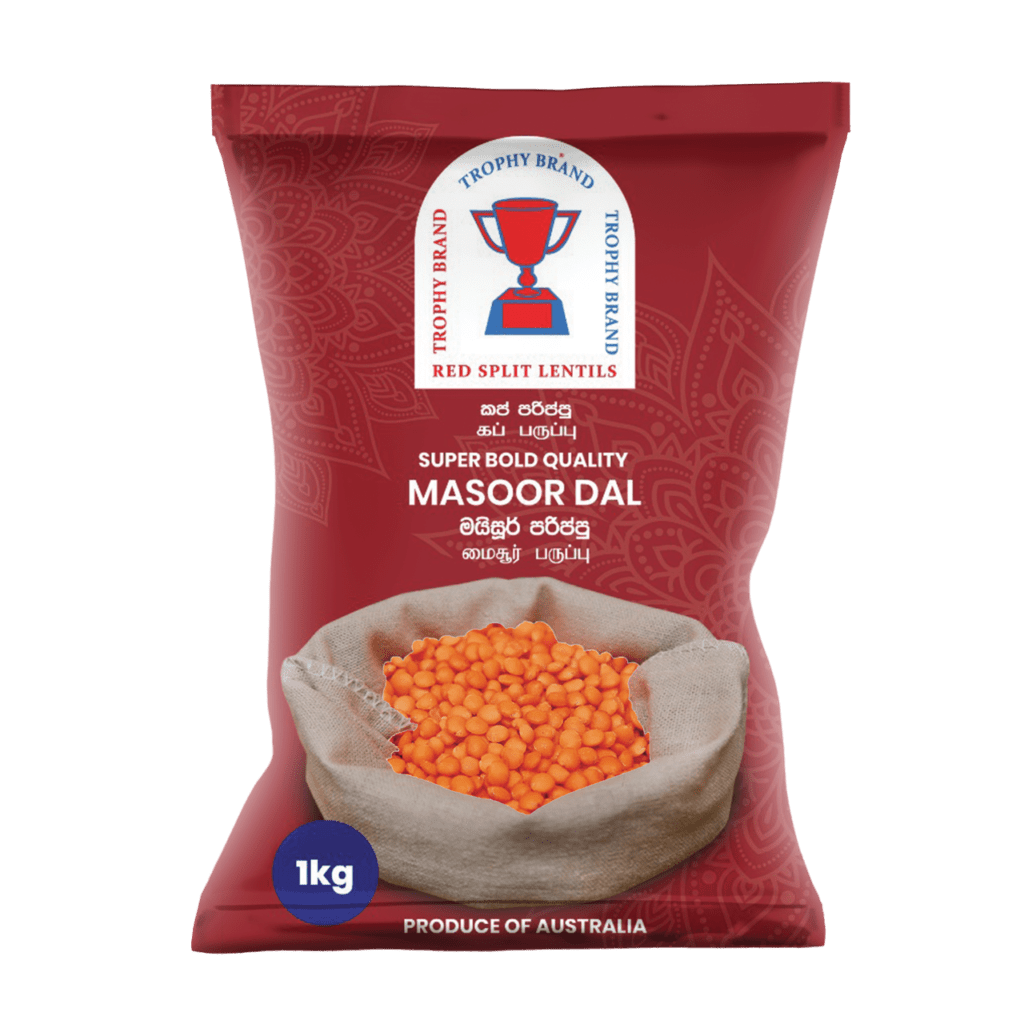
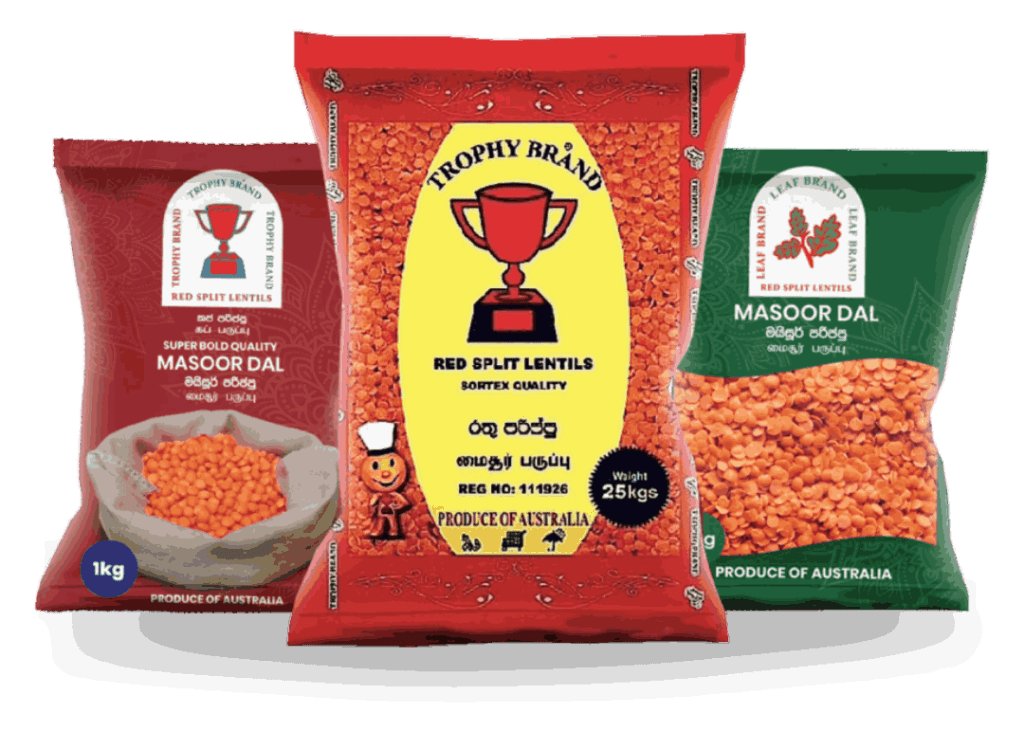

This is the initial step where you acquire the raw pulses in the required quantity from your suppliers or through your own procurement channels.
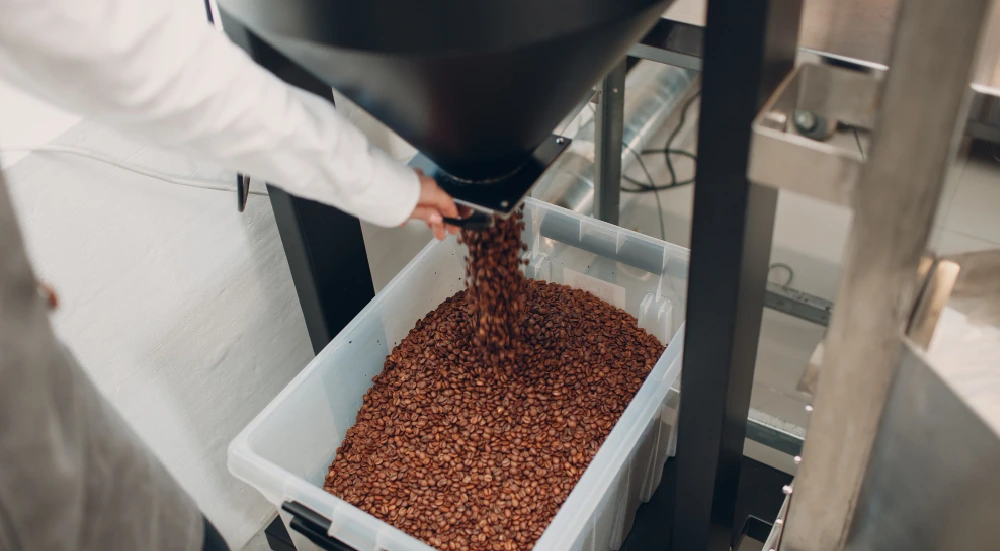
The raw pulses are sent to your in-house mill where they undergo the initial processing. This may involve grinding, crushing, or other methods to break down the raw material into a form suitable for further refinement.
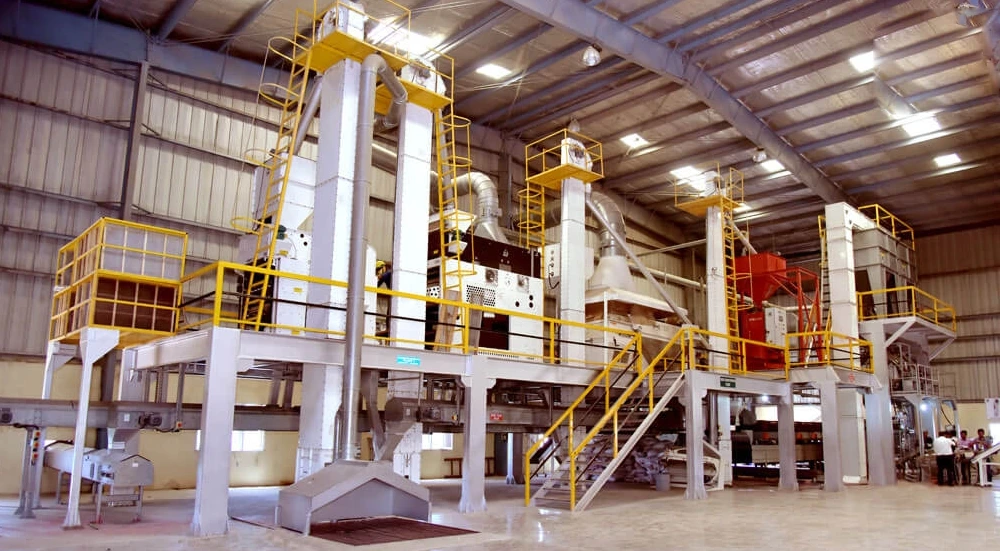
After milling, the processed pulses are sent to the splitting machine. Here, the pulses are further refined, potentially separating them into various components or fractions based on size, shape, or other characteristics.
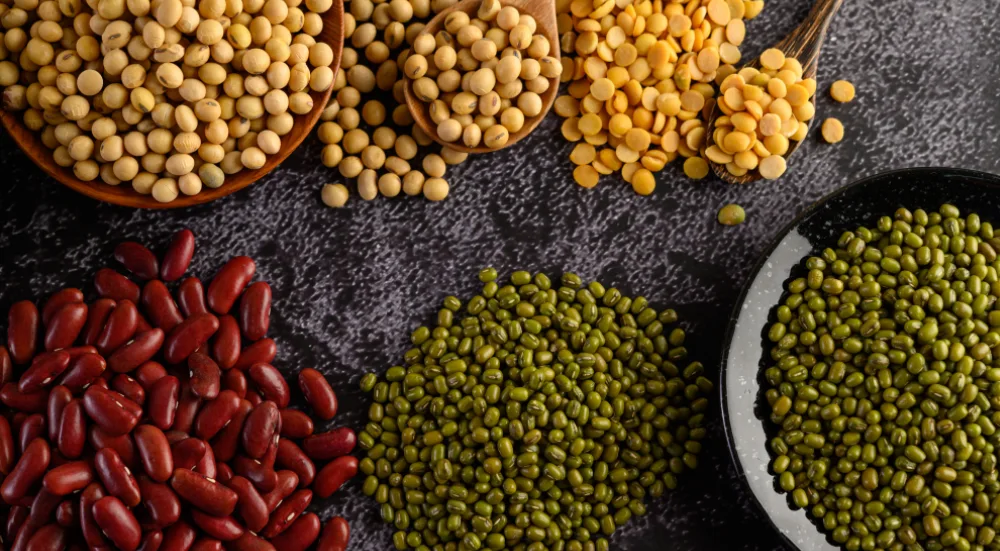
This step involves the use of a color sorting machine, often referred to as a color sortex machine. Its primary function is to refine the pulses based on color and quality.
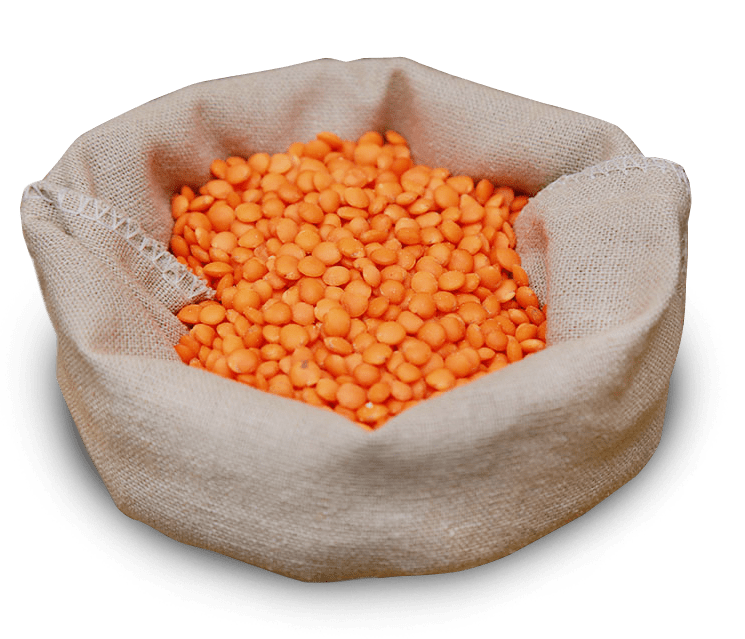
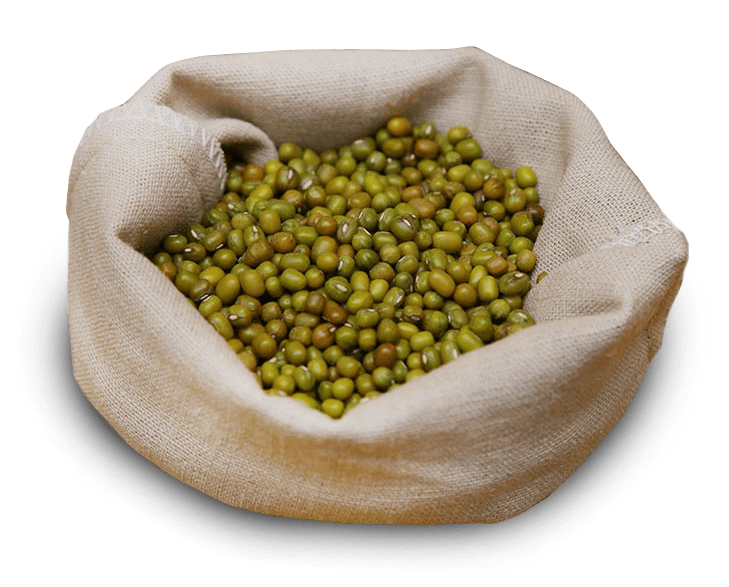
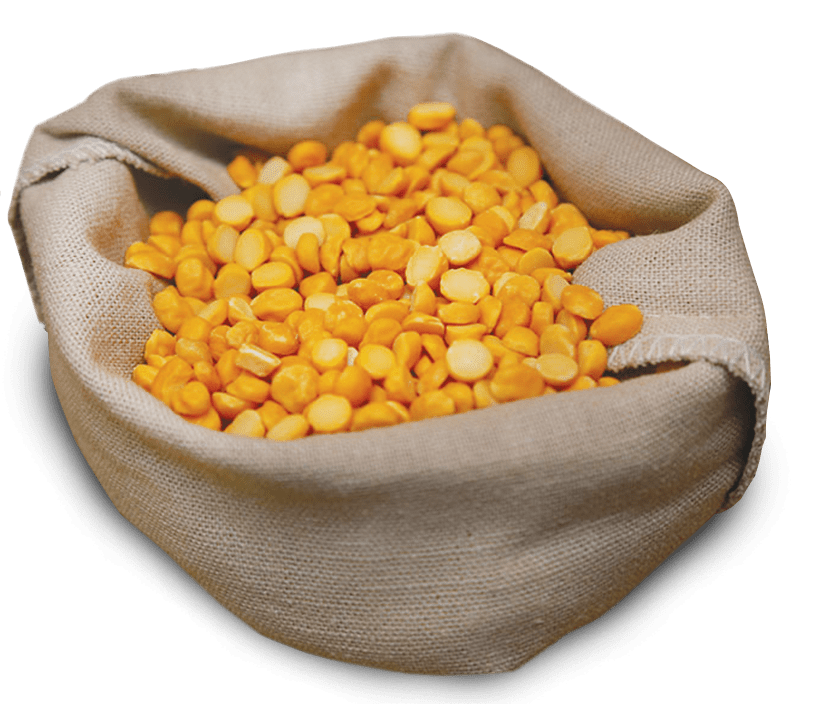
Red lentils are small, lens-shaped legumes with a bright reddish-orange color. They are typically sold dried and split, although whole red lentils are also available.
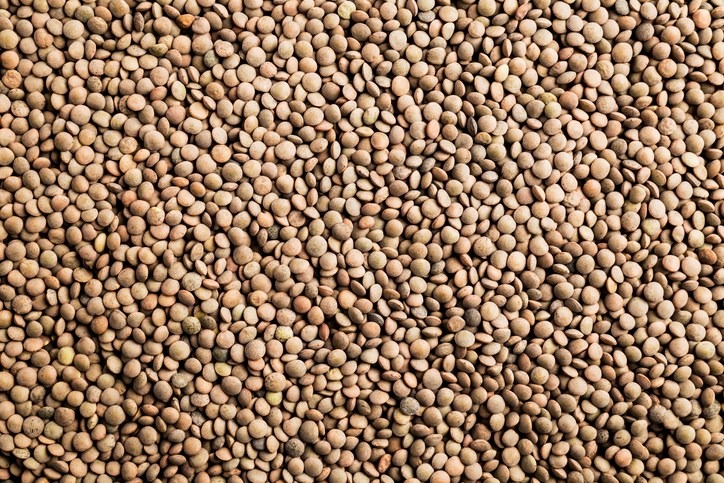
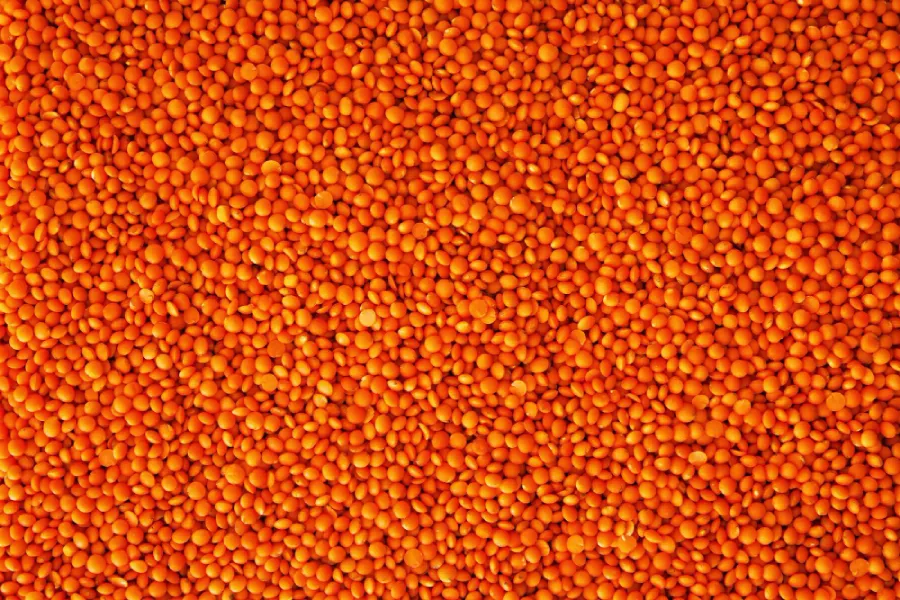
Mung beans (Vigna radiata), also known as moong beans or green gram, are a type of legume widely cultivated and consumed throughout Asia and parts of Africa.
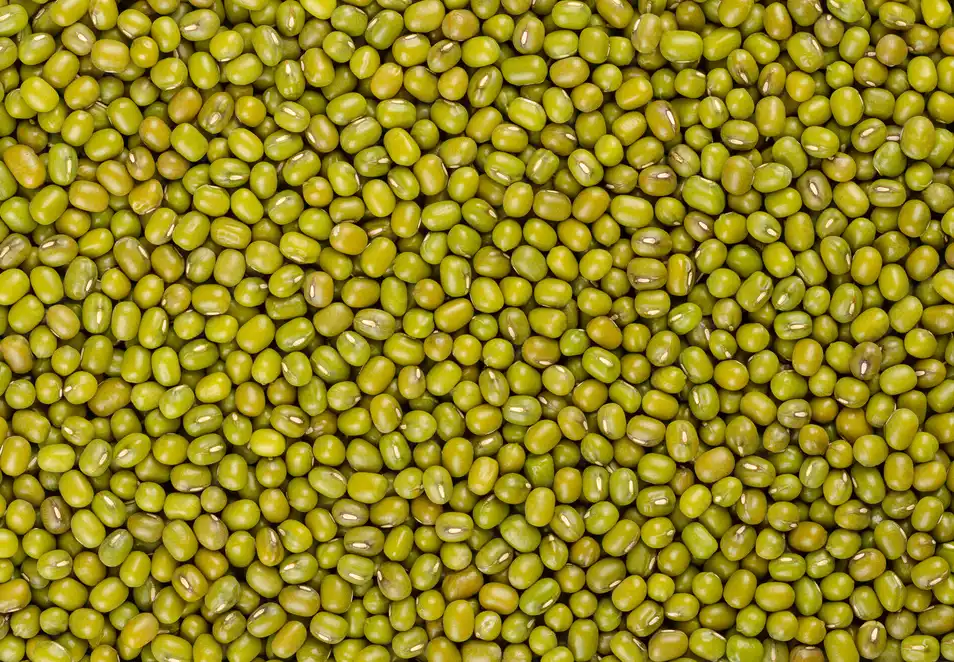
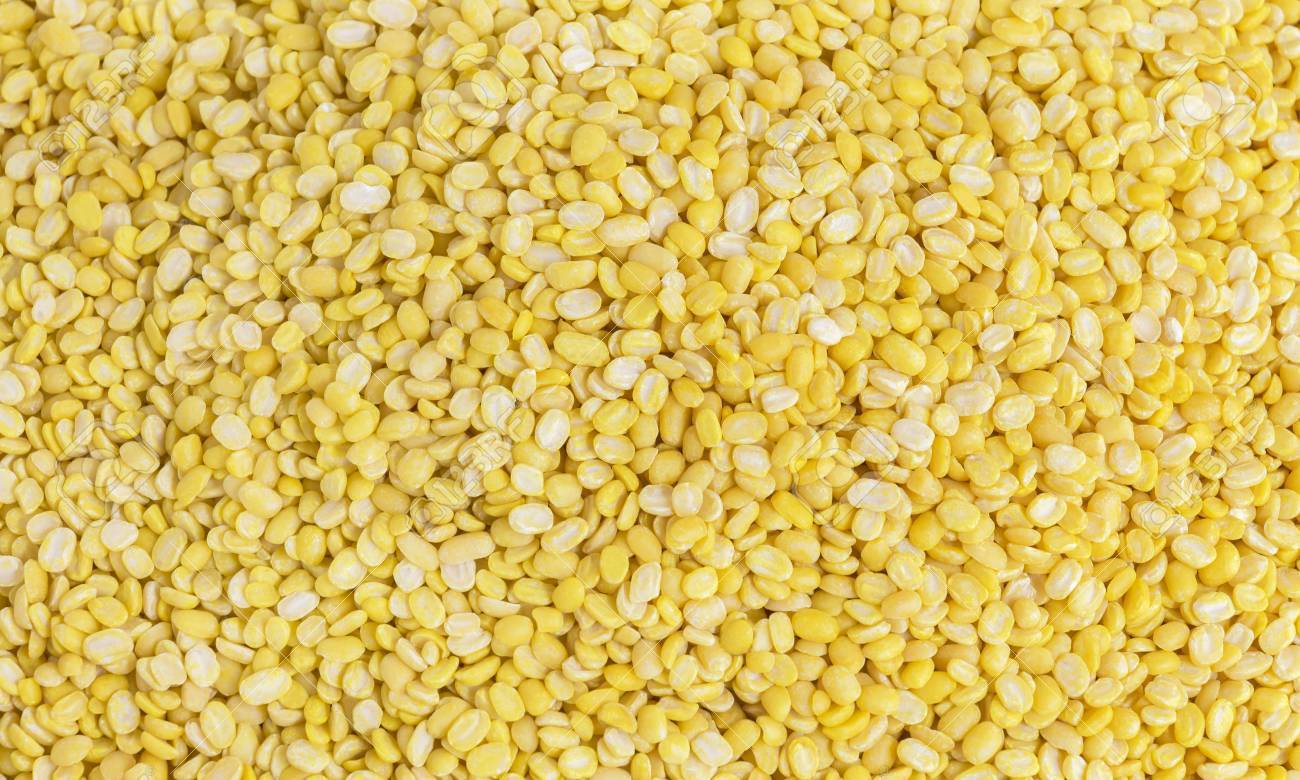
Also know as: Split Desi Chickpea, Bengal Gram, Yellow Gram, Gram, Chana Pois, or Chicke Shihu.
Chana Dal are made from Desi Chickpeas which are peeled and cut in half. This type of legume dates from 6000 BC and have been found buried with Egyptian mummies. They were brought to India by the Greeks and are now an important staple food in South Asia.
